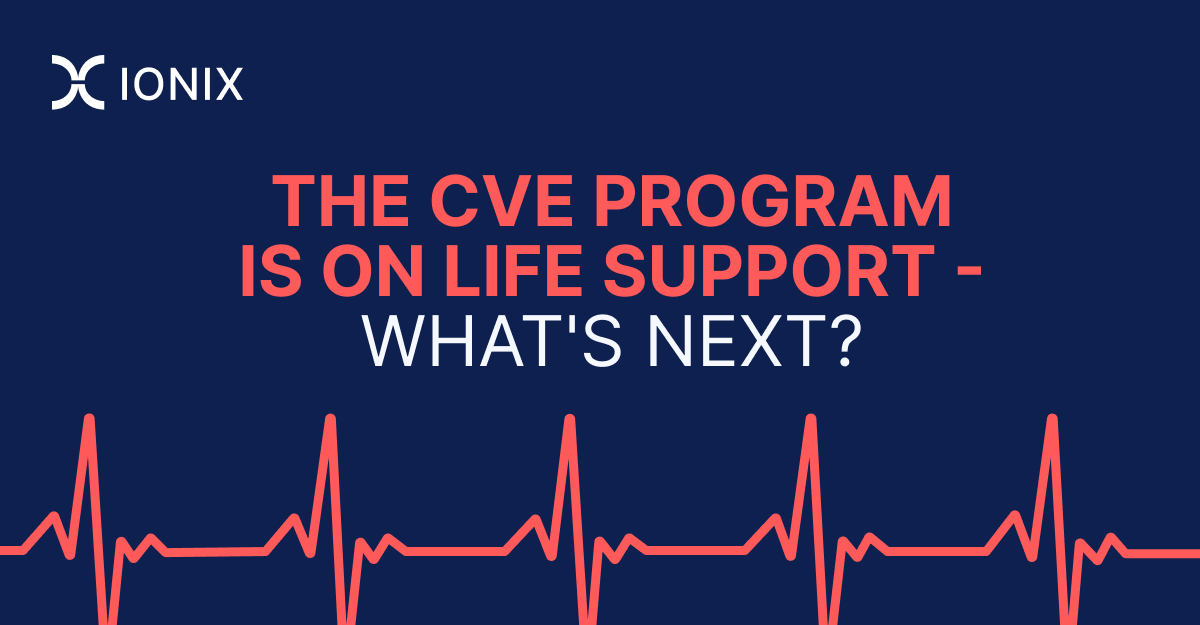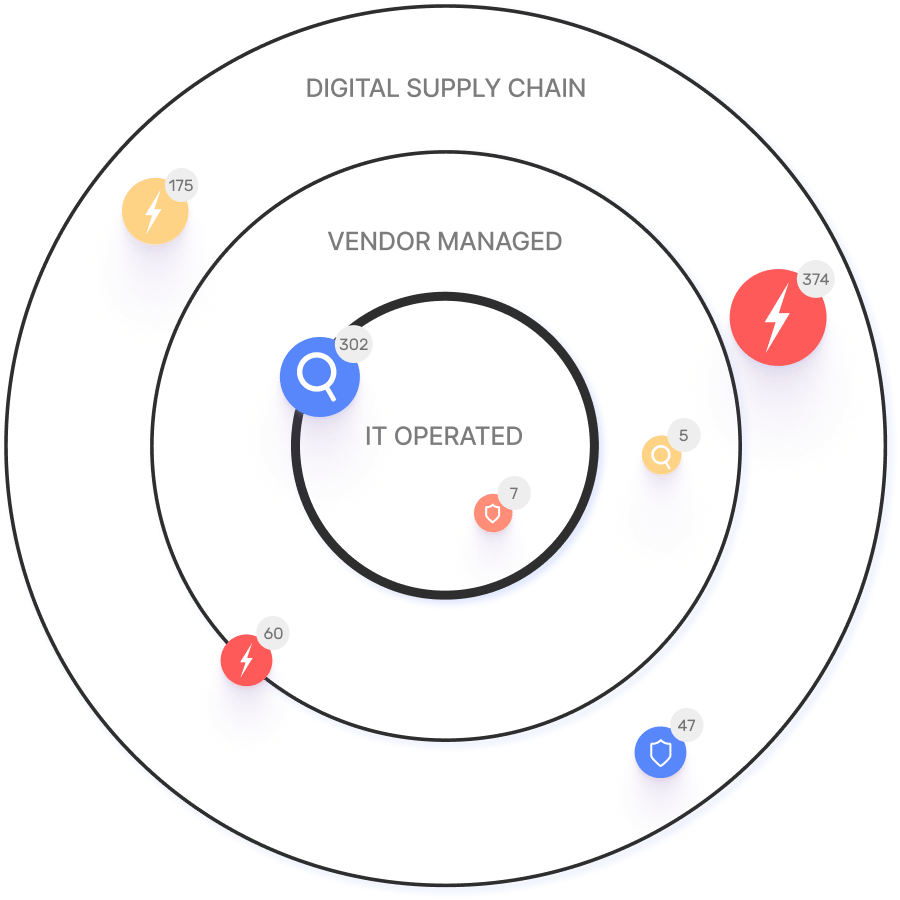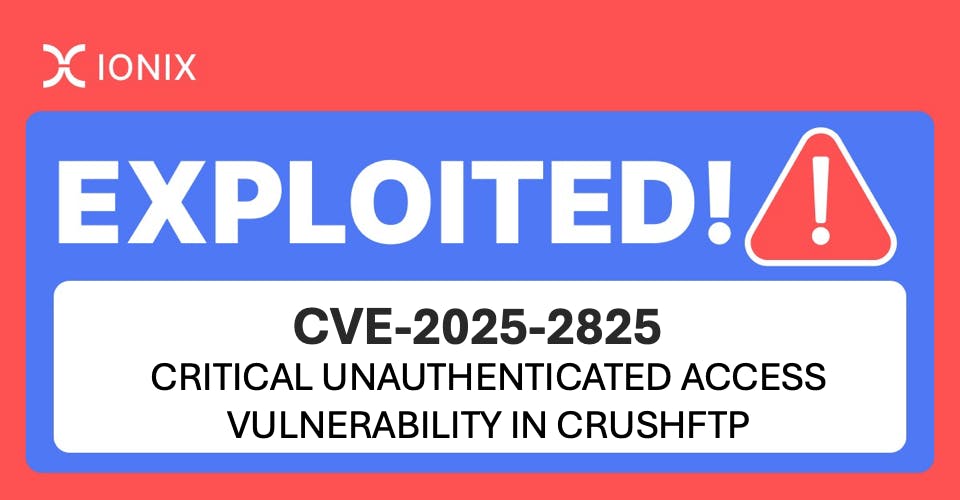The CVE Program Is on Life Support – and So Is Our Outdated Approach to Vulnerability Management

The cybersecurity community is facing a seismic shift. MITRE’s announcement that its contract to operate the Common Vulnerabilities and Exposures (CVE) program will expire on April 16, 2025, without a clear renewal plan, has sent shockwaves through the industry. This development threatens to dismantle a cornerstone of global cybersecurity coordination.
For over two decades, the CVE program has been the bedrock of vulnerability identification, providing a standardized system for cataloging and referencing security flaws. Its absence could lead to a fragmentation of vulnerability tracking, hindering our collective ability to respond to threats effectively.
However, this crisis also exposes a deeper issue: our reliance on outdated vulnerability management practices. The traditional methods of prioritizing vulnerabilities, primarily through the Common Vulnerability Scoring System (CVSS), are no longer sufficient in the face of an ever-evolving threat landscape.
The Inadequacy of Traditional Scoring Systems
CVSS has long been the standard for assessing the severity of vulnerabilities, assigning scores based on factors like exploitability and impact. While useful, CVSS scores are static and do not account for the dynamic nature of threats. They fail to indicate whether a vulnerability is actively being exploited in the wild, leading to potential misallocation of resources.
Enter the Exploit Prediction Scoring System (EPSS), which estimates the likelihood of a vulnerability being exploited within the next 30 days. EPSS provides a more dynamic assessment, allowing organizations to prioritize vulnerabilities based on real-world exploitability.
However, even EPSS is not a panacea. It relies on existing data and cannot account for zero-day vulnerabilities or those lacking sufficient public information. Moreover, EPSS scores can fluctuate rapidly, adding complexity to decision-making processes.
A Call for a Paradigm Shift
The impending lapse of the CVE program underscores the need for a comprehensive overhaul of our vulnerability management strategies. Organizations must move beyond static scoring systems and adopt a more holistic approach that includes:
- Actionable Threat Intelligence: Incorporating real-time data on threat actors and attack patterns to understand the context and relevance of vulnerabilities.
- Compensating Controls: Evaluating existing security measures that may mitigate the risk associated with certain vulnerabilities.
- Active Exploit Testing: Simulating attacks to assess the actual exploitability of vulnerabilities within specific environments.
This multifaceted approach enables organizations to focus on vulnerabilities that pose the most significant risk, rather than attempting to address every disclosed issue indiscriminately.
The Role of the Cybersecurity Community
The potential discontinuation of the CVE program is a wake-up call for the cybersecurity community. It highlights the fragility of our current systems and the urgent need for innovation and collaboration.
At IONIX, we advocate for a proactive stance that combines the strengths of established frameworks like CVE with advanced analytics, threat intelligence, and active testing methodologies. By doing so, organizations can better understand their unique risk profiles and allocate resources more effectively.
Furthermore, collaboration among industry stakeholders, government agencies, and security researchers is crucial. Sharing insights, best practices, and threat data can enhance collective defenses and drive the development of more robust security frameworks.






